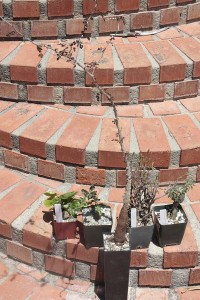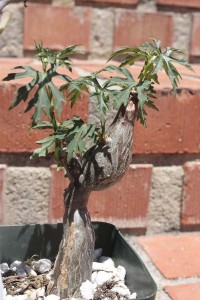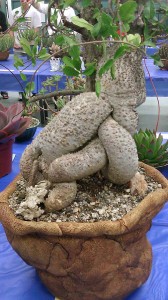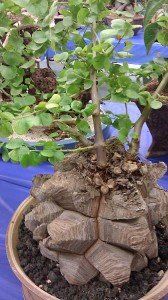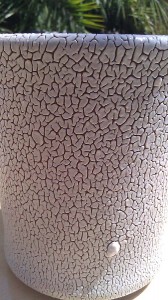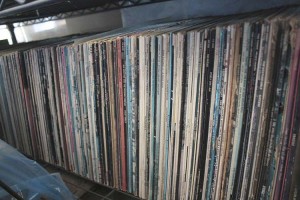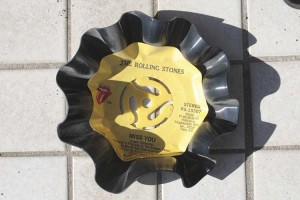At the plant sale attached to the recent succulent show a couple of the society members looked at one of the plants I had in my hands and made all sorts of approving noises. “Great plant!” or “Wow, you scored!”
That was not the reaction when I got the plants home.
While John didn’t quite come out and say something like, “You paid good money for that?,” it was there in implication in what little he said.
I suppose it’s the curious gardener’s curse, getting all excited over some of the odder botanical life forms that didn’t get sprinkled on with the magic unicorn glitter that makes a plant conventionally pretty. Add to that the more general gardener’s curse of being able to see the future in recognizing the promise in a packet of black seeds indistinguishable from dust or a bag of brown bulbs looking no more promising than a heap of shallots.
Here’s one of the little plants, Ipomea platensis, a species in the same genus as morning glories. This is the young plant.
Some day it’ll grow up into something looking like this plant in the main succulent show. Very cool, but we’re missing the magic unicorn glitter.
This is a cool plant with a Latin name that would draw snickers from a junior high school science class, Fockea edulis.
Some day I hope mine grows up into something looking like these larger plants in the main show…
Here’s a more mature specimen of Dioscorea elaphantipes, another of the little plants I got. I think the form of the caudex on this one looks pretty amazing. So far these are three caudex-forming (caudiciform) species, but the inflated plant parts all look quite different from each other. The foliage, too, looks totally different one plant to the next.
Operculicarya decaryi also has a cool inflated stem…
…and tiny, dark, delicate leaves.
And then there was this one, Tylecodon striatus, a plant that even I think is kinduv ugly. Lots of brown stem and not much else. They have competitions to find the ugliest dogs. Do they have ugly plant contests? This species stands a pretty good chance of winning. And I paid good money for it!
Not all was lumpy and bulbous at the plant sale, and there actually was a lot of unicorn glitter spread over many of the plants.



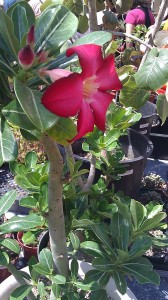

There were succulent-friendly pots, too. Just look at all that drainage.
And of all the pots I came so close to going home with this one by Don Hunt Ceramics. Isn’t the glaze terrific? You wouldn’t care if the plant inside was as ugly as one of my new ones!
Considering what I purchased–and especially what I did not buy–this might just be the last time I’m allowed to go shopping unattended.

